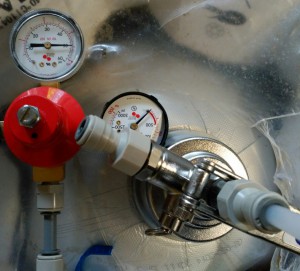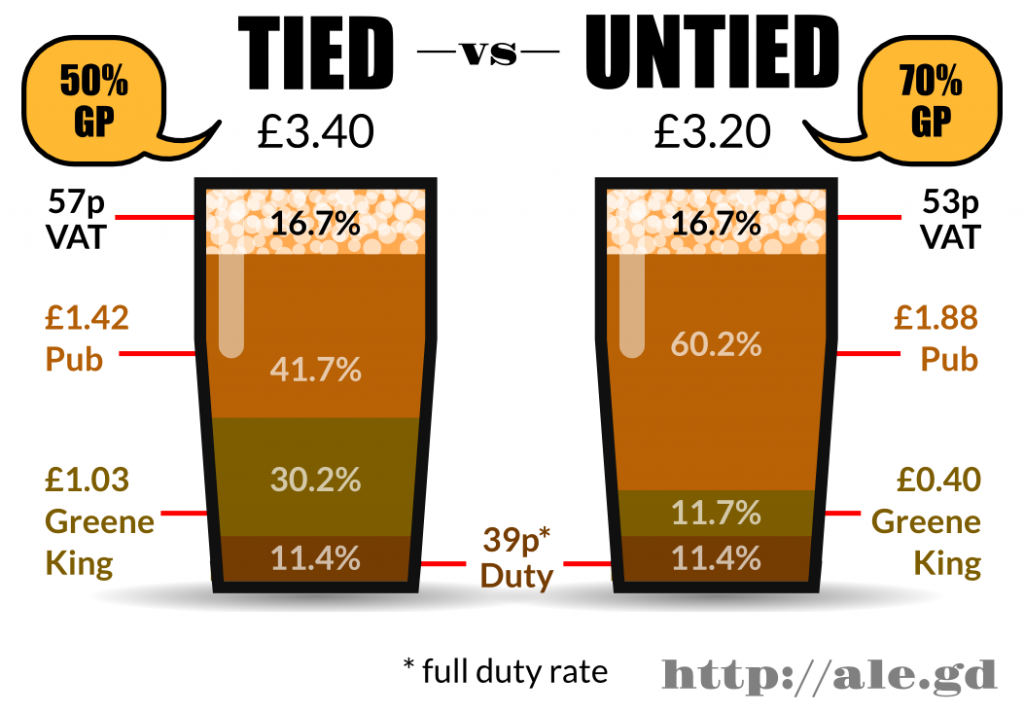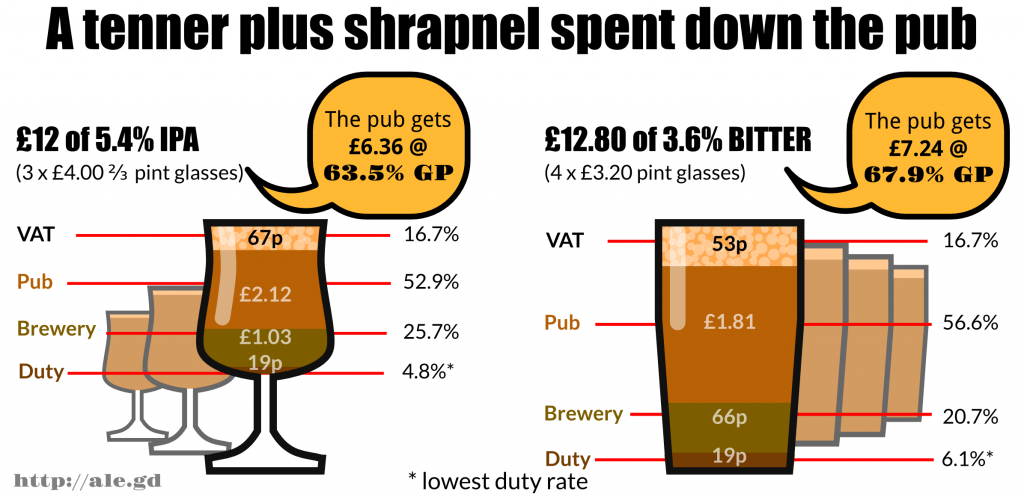So – I had a call from Atlantic. They’d had a read of my previous post. (Go on, go read it.)
Atlantic are a major installer of cellar kit in the south east and are responsible for some of the installs I’ve been having a grumble about. I had a conversation with a chap there who was remarkably civil in his defence of what they do. (Considering the scathing tone in what I wrote regarding UK cellar installs.)[1]
Amongst many points[2] discussed one seems key:
Atlantic do not fit gauges on regulators because the gauges on UK[3] regulators are crap. (Not a direct quote, but it captures the gist of things.)
Now… better gauges _are_ available, but they’re not the standard, and if it comes down to a choice between no gauges and gauges that are unreliable they’d rather leave the gauges out. Completely understandable – and I see where they’re coming from. It is a proper conundrum.
The better gauges? Very few folk getting quotes for installs want to pay more than whatever the rock-bottom pricing option is… BrewDog will, and the odd one or two other outfits in London. But elsewhere it comes down to offering a higher quote for a job that a competitor will simply undercut by offering cheaper “equivalent” equipment. (A comparison of £4000 versus £9000 was given, albeit I doubt that can be entirely about the gauges!)
Thing is, whilst I understand all that, I still don’t see this as being a “craft beer” quality of install. And I don’t believe a one-size-fits-all approach to PSI is “craft beer” ready.
I understand where Atlantic are coming from on this however and it sheds a lot of light on the situation.
Two other points are integral to thinking about keg pressures:
- The install without cooling for the kegs is fundamentally not “craft beer ready” either. I dislike seeing kegs as high as 12C, let alone ambient. This instability of temperature adds another variable that causes further requirements for pressure adjustments. The best I can do is not deliver too much beer at once, so such a place has only the kegs on plus limited reserves. (And ideally convince them to put kegs in some sort of cooler.)
- Many breweries basically haven’t a goddamn clue. They can’t even tell us what their vol CO2 levels are. This is a persistent problem, as per my “Summer of Fob” post. I’ve come across some seriously dangerous kegs.
In my view the way forward is three-fold:
- Breweries need to get their technical shit together and move away from this “craft beer” is “random WTF oh whoops!” beer… get vol CO2 _right_ for the beer you’re brewing, don’t keg it when there is plenty more secondary to go, stick the target vol CO2 on the keg label. If you can’t do that then bloody well sterilise it, before one of your kegs kills somebody.
- Breweries/Distrib/Pubs need to get their storage shit together. I’ve a 4C coldstore for keg now – in an effort to fight over-carbonation. Breweries ought to have the same. “Live” beers, especially ones with wilder yeasts, will almost certainly be able to attenuate further in the keg. Pubs are in a harder place here and the simple answer is: DON’T BLOODY STOCKPILE “CRAFT KEG” IN YOUR WARM (12C) CELLAR FOR WEEKS! (They do it just to bulk-order and save a few bob.)
- Breweries/Distrib need to be a _lot_ more hands-on, and a _lot_ more supportive. Standards need to be set for cellar installs, and guidance and support in using the kit needs to be offered. (If the UCB can do anything this might be it… not piss farting about trying to define and “protect” daft terminology.)
Step 3 is part of what I am trying to do with Jolly Good Beer. I’m not bloody DHL-for-beer – I don’t just lob kegs at you. Hell – I can check that your pressure gauges are not too far out and replace them if they are. I definitely will be now that I know they’re considered so unreliable. (My US ones are still reading fine and they get carted all over the shop rather than just being stuck to a wall.)
Anyway… there’s always food for thought available. My take on this is that leaving the gauges out because the standard gauges aren’t good enough is not good enough. But that’s perhaps not a role that Atlantic ought to be taking – unless the customer is willing to shell out for a fully supported system. I’m happy to, and able to, test pressures and help get beer pouring – breweries ought to be the same. And more than that, the vast majority of publicans need more knowledge and information, something we in the business of putting beer in their pubs should also be providing.
It’s what’s best for the beer.
[1] I’ve always thought the Atlantic installs look really well put together. And when I hear folk are getting Atlantic in I’ve said: ah, they do nice installs – just make sure you get pressure gauges. (And some subsequently have.)
[2] We also discussed and agreed that KeyKegs are great for getting around a huge part of the whole carbonation problem. All you need is “enough” pressure to keep whatever carbonation is in there in solution. Of course this would be easier if breweries weren’t so frequently over-carbing kegs. I’m so/so on KeyKegs – I think this is a strong point in their favour. But I still see a “proper” steel keg as the best option. Robust and reusable… but top-pressure becomes much more important with them. The problem with temperatures was also agreed on.
[3] It does make me wonder about the US kit a bit. The ganged Micromatic regulators I buy work out at a good price. They’re the “premium” model. Although they still have the usual non-liquid-filled gauges. I’ve always tested mine against reference pressure and never had a problem aside from a recent pair that seemed to have been damanged in transport.





